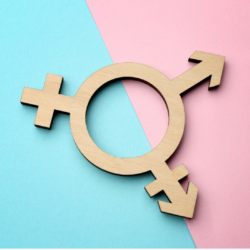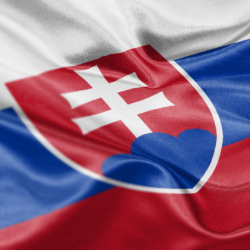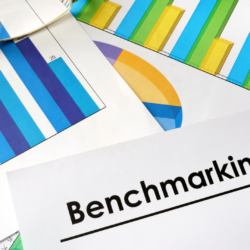Guidelines for sex/gender analysis. How are we doing in Europe?
The third benchmarking analysis conducted by GENDERACTOINplus looks into the existing policies and measures for integrating the gender dimension into the content of R&I and teaching in 21 countries across the ERA. It highlights promising practices and recommends actions for policy development. Building on the survey responses from 20 RFOs and 15 national authorities responsible for research andinnovation and higher education, the benchmark analysis shows that: You can find more, including recommendations on how to improve the situation, in the Benchmarking and assessment report on guidelines for sex/gender analysis – yet to be approved.










